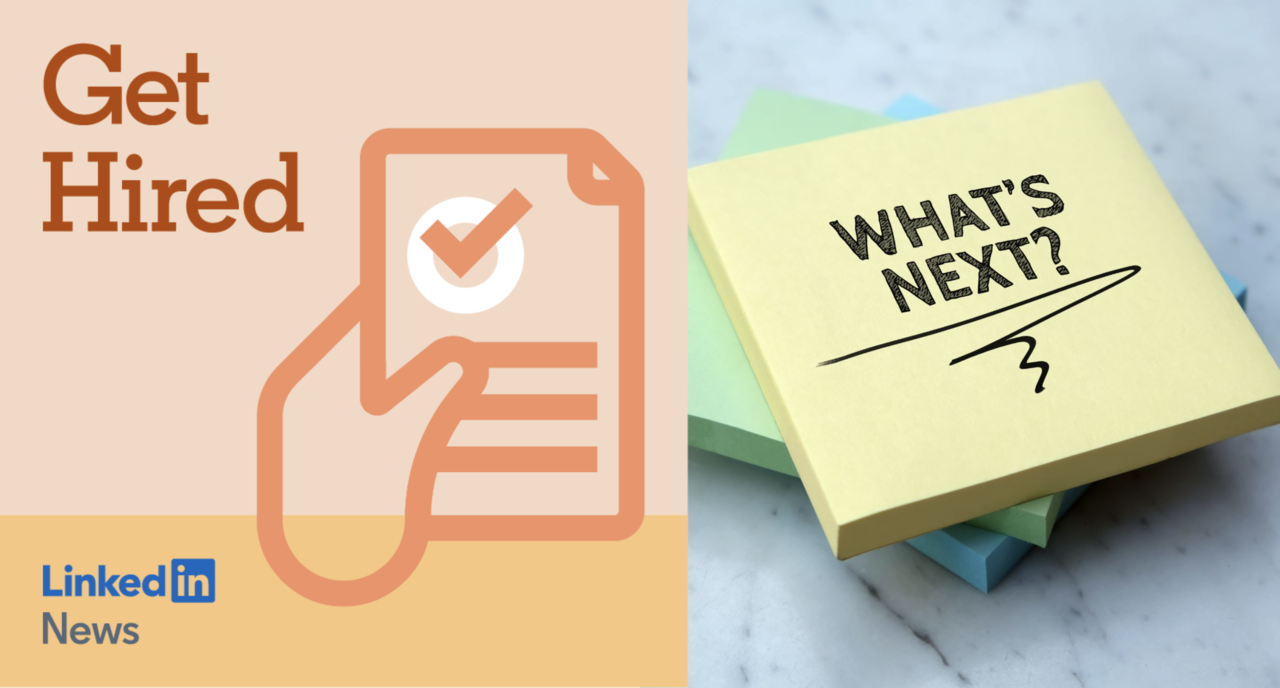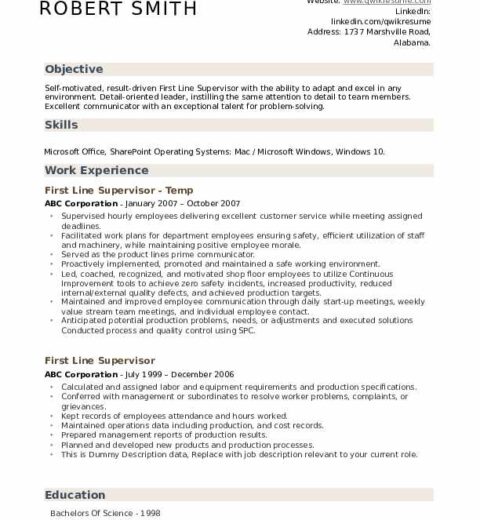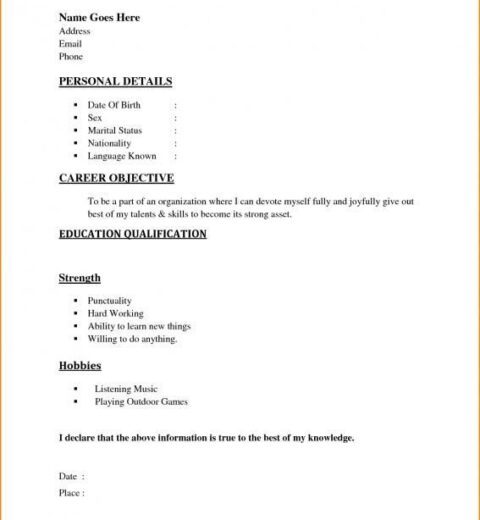In a constantly evolving job market, the hallmark of a successful career transition often lies in how adeptly one can convey their professional narrative. Updating your LinkedIn resume isn’t just a mundane task; it’s a strategic endeavor that can significantly impact your personal brand. This digital platform has become the go-to for recruiters and employers seeking to vet potential candidates. Therefore, ensuring your profile resonates with authenticity and professionalism is paramount. Here’s how you can change your resume on LinkedIn like a seasoned pro.
1. Understanding Your Target Audience
Before you embark on the modifications, it’s imperative to clarify your objective. Who are you trying to appeal to? Assessing your current and prospective employers can provide valuable insights that will help tailor your profile. Consider their industry, values, and the characteristics they prioritize in candidates. This assessment will serve as your compass, guiding the articulation of your skills and experiences.
2. Crafting a Compelling Headline
Your headline is one of the first things people notice. It should reflect not only your current role but also your aspirations. Instead of simply stating your job title, incorporate strategic keywords that highlight your expertise and ambitions. For instance, rather than ‘Marketing Specialist,’ consider ‘Innovative Marketing Specialist | Bridging Creativity & Data to Drive Engagement.’ This captures attention and opens up a narrative about your multifaceted skills.
3. Writing an Engaging Summary
The summary section is your opportunity to weave storytelling into your professional history. It’s not merely a reiteration of your work history; rather, it’s a persuasive narrative that encapsulates your career journey, aspirations, and what sets you apart. Start with a powerful opening sentence to spark intrigue. Then, transition through your experiences, illuminating key achievements and the learnings derived from them. Aim for a balance of personal touch and professional tone, ensuring that your personality shines through while staying relevant to your career objectives.
4. Highlighting Achievements Over Responsibilities
Merely listing responsibilities can dilute the impact of your profile. Instead, hone in on quantifiable achievements that reflect your contributions. Use action verbs to initiate statements and incorporate metrics to substantiate your claims. For instance, instead of writing ‘Responsible for managing a team,’ articulate ‘Led a dynamic team of five to achieve a 30% increase in project efficiency within six months.’ Such phrases not only elevate your credibility but also illustrate tangible results to potential employers.
5. Utilizing a Rich Multimedia Portfolio
One of the aesthetic advantages of LinkedIn is the ability to incorporate multimedia elements. Do not hesitate to upload presentations, infographics, or links to your projects. This enriches your profile visually and provides an immediate context of your skills and accomplishments. Ensure the visuals are relevant, high-quality, and reflective of your professional brand. Employing visuals not only piques interest but can also convey complex ideas more succinctly.
6. Expanding Your Skills Section
Your skills section should be a testament to your competencies. Choose a blend of hard and soft skills that aligns with your career aspirations. The key is to prioritize skills that are in demand within your target job markets. To enhance the credibility of these skills, seek endorsements from colleagues or industry professionals who can vouch for your expertise. This social proof adds a layer of validation to your profile, increasing your appeal to recruiters.
7. Networking: A Strengthening Strategy
Updating your LinkedIn profile is only half the journey. The power of LinkedIn lies in its networking capabilities. Engage actively with your connections. Comment on posts, share relevant articles, or even create your own content. This establishes your presence within your industry and fosters relationships that may open doors in the future. Networking supports your resume changes, making them more than just words on a page, but rather a part of an expansive professional narrative.
8. Regularly Updating Your Profile
A static profile can quickly become irrelevant. Schedule regular intervals to revisit and revise your LinkedIn profile, ensuring it reflects your latest experiences, skills, and accomplishments. This practice not only keeps your content fresh but also helps you maintain an active presence in your professional community. Set reminders every quarter or align updates with career milestones to stay proactive.
9. Seeking Feedback and Iteration
Once you have made your changes, solicit feedback from trusted colleagues or mentors. They can provide invaluable perspectives on how your profile may be perceived. Be open to iterative improvements; adaptability is key in the modern job market. Constructive criticism can lead to refinements that enhance your professional narrative further.
Conclusion
In revamping your LinkedIn profile, aim for a concoction of authenticity, strategy, and presentation. Each section should complement the others to form a cohesive, compelling portrayal of your professional persona. Remember, a stellar LinkedIn presence not only bolsters your resume but also cultivates an image that invites opportunities. Mastering this process is not merely about changing your resume; it’s about weaving a narrative that resonates, inspires, and connects you with your future prospects.




